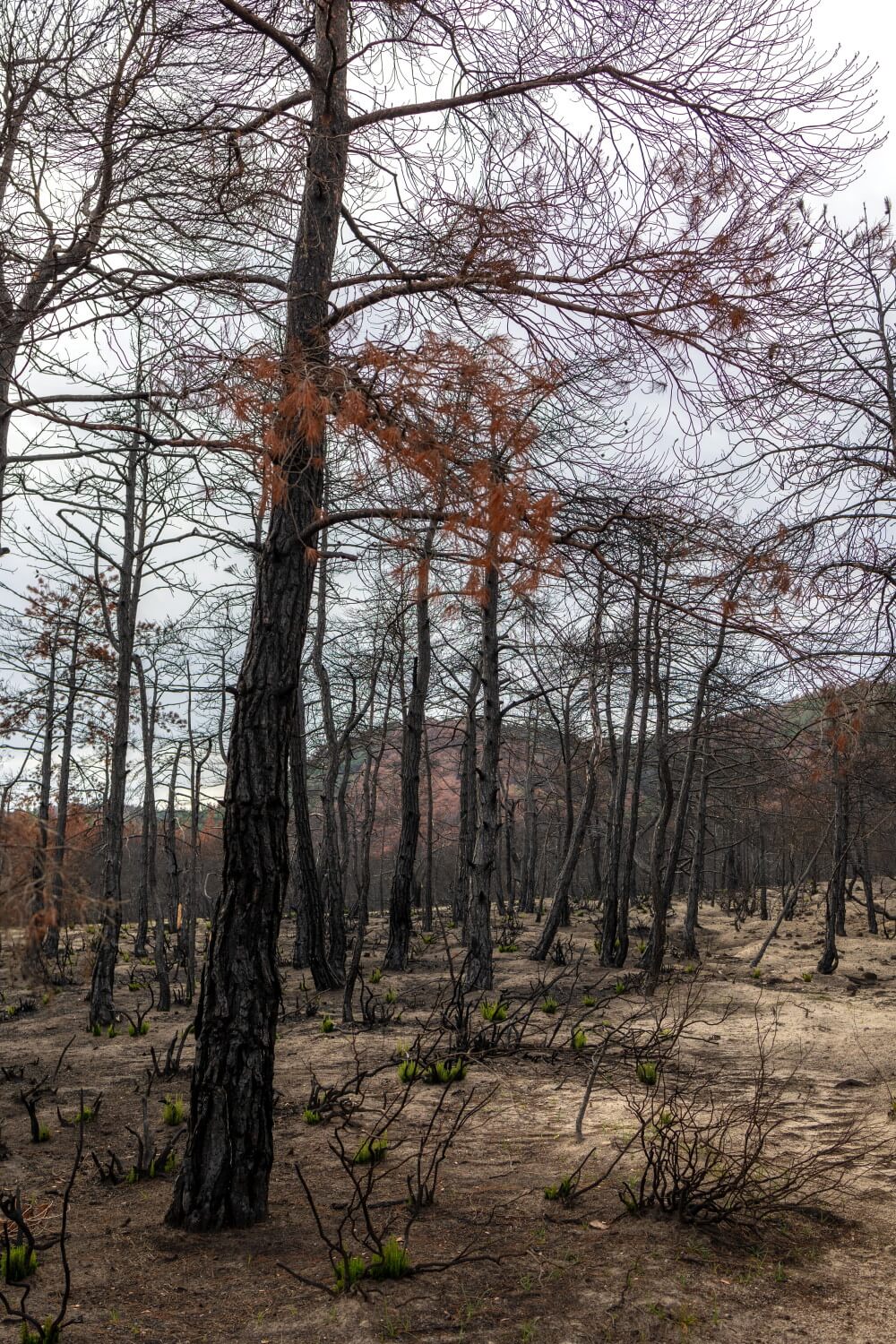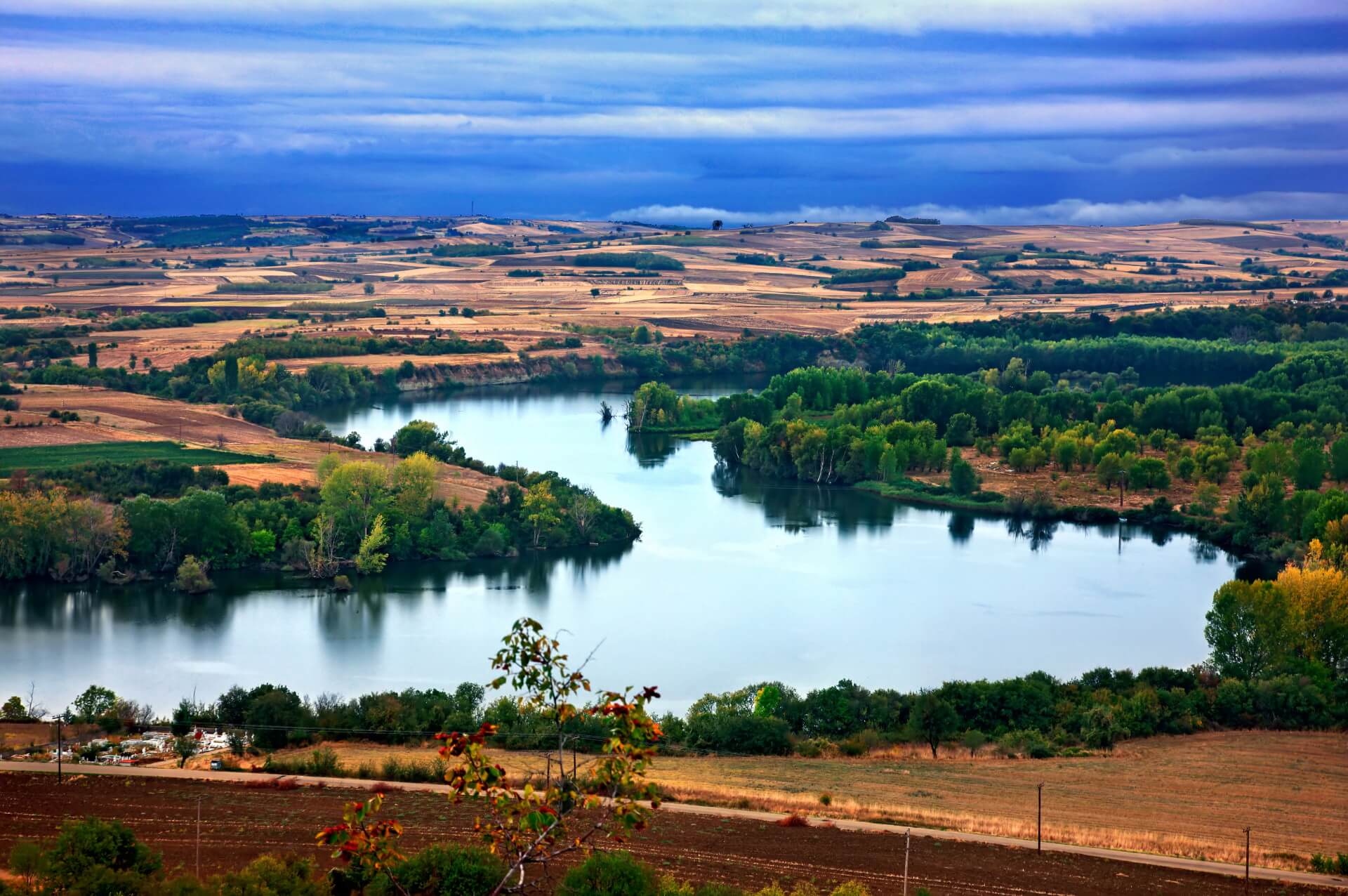Alexandroupoli
Information about Alexandroupolis
Alexandroupolis is the capital city of the Thracian land. With a population of about 70,000 inhabitants and modern infrastructure, today’s city bears no resemblance to Dede Agats, the small fishing village of the Ottoman Empire. Its advantageous geographical location was realized at the end of the 19th century. Its harbour and the famous lighthouse, which first opened on 1 June 1880, were developed. The development of the city since then, as well as the commercial and industrial activity increased, the railway, the airport and a European motorway, the Egnatia Highway, were added to the port. Today’s Alexandroupoli is an ideal starting point to get to know the wider region of Thrace.


The first contact
The green of Dadia and the Delta, the blue of the Thracian sea, the sweet ocher that projects through the historical monuments and becomes more intense as one approaches the lighthouse of Alexandroupoli, are some of the colors that make up the Evros. Images in relief, united with the ancient Egnatia street. Follow the mountain trails, where with a little luck and a lot of quiet you will see animals and birds in their natural habitat. Climb the castle of Didymoteichos, touch the silks in Soufli, watch through your binoculars the flight of rare and unique birds in the National Parks. Wander through the rare beauty offered by the nature of Samothrace.
Contact with nature
The river Evros – a living vein – draws all beauty to it and offers it to the visitor. The flow of the river and national border joins the blue waters of the Aegean. Always rich, nature here is transformed in the light of the colors of each season. The two internationally important National Parks of Dadia – Lefkimi – Soufli and the Evros Delta are home to birds, animals and flowers, rare in beauty and number. The mountain routes allow visitors who love to tour to find themselves in places of great natural beauty, discover prehistoric rock paintings, encounter excavations in progress and feel the mysterious atmosphere of the mountain. Nature has surprises and joys in store that reward the expectations of all of us.
The sea
From Alexandroupolis begins an extensive 25 km long coastline that ends at the archaeological site of Mesimvria. Awarded with a blue flag, the prefecture’s beaches offer a wide variety. Well organized beaches start from the EOT coast next to the city to the Red Rocks in Chile. But if you continue a little further, you will come across the beaches of Ai-Georgi and Agia Paraskevi in Makri with traditional taverns and the more remote ones in Dikela and Mesimvria. Whatever you choose, it will surely offer you the thrills that the northern Aegean sea gives you.
…and History
In this place, myth and history are closely intertwined. The Paleolithic and Neolithic monuments are accompanied by the lyre of Orpheus. The Sanctuary of Samothraki, the archaeological site of Mesimbria and many other finds are open windows to antiquity. The thread of history continues to unfold through Byzantium, when the region flourished due to its proximity to Constantinople. It is worth visiting well-preserved castles and churches of great architectural and cultural value, living monuments of this era, in Didymoteicho, Traianoupoli, Feres and Samothraki. In recent years, the Orient Express crossed the area and from the end of the 18th century it became a center of international trade with quality grains and excellent silk. Since that time, Soufli, “the city of silk”, an important stop on the Road of the same name, has kept the tradition alive and is one of the main attractions of the prefecture.
Alexandroupoli is located in the center of a charismatic natural landscape. A coastline full of beautiful beaches, next to it one of the most valuable natural monuments in Europe, the Evros Delta. Half an hour away is the National Park of Dadia – Lefkimi – Soufliou, one of the rarest habitats of birds of prey in the world. Less than an hour away are the forests and picturesque settlements of the Rhodope massif that crowns the city’s horizon to the North. Opposite the South, two hours by ferry, the unique Aegean and rich natural beauty of Samothrace


Prefecture of Evros
The Prefecture of Evros is located at the northeastern end of Greece, on the natural border of the country with Bulgaria to the north and Turkey to the east, and is one of the two trinational points that exist in Greece. To the west it borders the prefecture of Rodopi, which is accessed via the Egnatia Road and to the south it is washed by the Thracian Sea. In terms of kilometers, it is the farthest prefecture from Athens, as the capital of the prefecture, Alexandroupoli, is 810 km from it, 320 km from Thessaloniki, 295 km from Constantinople and 55 km from Athens. from Komotini which is the headquarters of the region of Eastern Macedonia – Thrace.

Evros Delta
At the southeastern end of Evros Prefecture, on the border with Turkey, the Evros River forms an extensive Delta of international ecological importance, with a total area of 188 sq.km. Evros is the second largest river in Eastern Europe and is characterized by the transportable materials it transports and deposits between Alexandroupolis and Ainos.
The Evros River originates in the Rila mountain range in Bulgaria south of Sofia. It crosses its watershed between the Rhodope and Aimos mountain ranges where it receives a number of tributaries. Near Andrianoupolis, it receives the main tributaries Tunza from the north and Arda from the west, while near Didymoteicho the waters of the Erythropotamos from the west and the Ergini from the east. The Evros is the largest river of the Balkan peninsula and is characterized by the large volume of its waters and the transported materials it carries towards its mouth. The total length of the river is 528 km, of which 310 km belong to Bulgaria, while 218 km define the borders of Greece with Bulgaria and Turkey. The total catchment area of the river is 53,000 sq.km. of which:
•35,085 km2 of 35,085 (66.2%) sq.km. belong to Bulgaria,
•14,575 km2 of 14,575 (27.5%) sq.km. belong to Turkey,
•3,340 km2 of which 3,340 (6.3%) sq. km belong to Greece.
It is estimated that the minimum flow of the river Evros is about 8 cubic meters per second, while its usual flow is about 100 cubic meters/second. The prevailing climate in the area of the Evros Delta is Mediterranean with continental influences mainly inland. Winter is severe and early and late frosts are often observed. The distribution of rainfall throughout the year is uneven with minimal rainfall in the summer months.
The Evros River Delta is one of the most important wetlands not only in Greece but also in Europe. A total area of 95,000 hectares (80,000 land and 15,000 water surface) has been included in the list of protected areas of the International Ramsar Convention (1971) due to the important species it hosts. Also, part of the Delta is designated as a Special Protection Zone and proposed as a Site of Community Interest in the Natura 2000 Network (according to Directives 79/409/EEC and 92/43/EU, respectively).
Dadia National Forest
The Dadia-Lefkimis-Soufliou Forest National Park is located at the south-eastern end of the Rhodope mountain range in the Prefecture of Evros, at the crossroads of two continents and is the geophysical area where many species of flora and fauna of the Balkan peninsula, Asia and Europe thrive. The location of the Forest along one of the most important migration corridors of Western Palaearctic birds (a geographical area that includes Europe from the Arctic Circle and the Atlantic to the Caspian Sea and the Urals, as well as the Middle East and North African countries ) makes it one of the few areas in Europe where so many different species of birds of prey coexist and where three of Europe’s four vulture species (black vulture, vulture, griffon vulture) are found at the same time. The old forests, rocky outcrops, meadows and fields interspersed within the forest and the many streams with rich riparian vegetation offer a multitude of suitable habitats for nesting and foraging for many different species.
